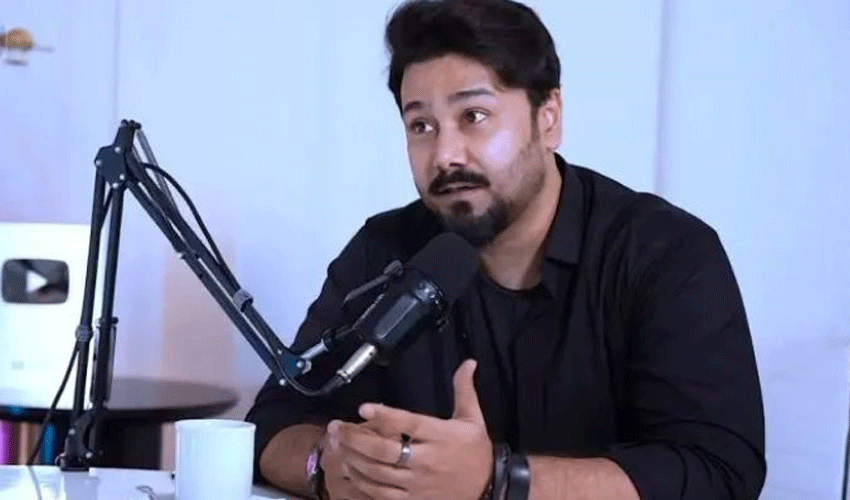She said that her strategy would “stop companies taking advantage of the desperation and need of the American consumer and jacking up prices without any consequences” at a state gathering in Pennsylvania.
It would be in effect during “times of crisis” and is one of her main economic policies.
However, would it actually result in lower prices for customers? And might it possibly turn out to be ineffective?
The context of growing costs
Polls indicate that most Americans feel worse off than they were four years ago, and rising prices have been a major worry for Americans in recent years.
The percentage of Americans who cite the high cost of living as their family’s biggest financial issue rose to 41% in April 2024, the highest level since 2005.
In the year ending in June 2022, overall inflation reached a peak of 9.1%, which has not been witnessed in forty years.
In the year ending in August 2022, food inflation reached an even greater peak of 11.4%.
Although both have returned to around 3%, the average price of food in the US is still over 27% higher than it was at the end of 2019.
She is eager to reassure voters on inflation, which has been a global concern, but some analysts contend that the Biden-Harris administration’s economic stimulus initiatives were a contributing factor in the recent surge in US prices.







